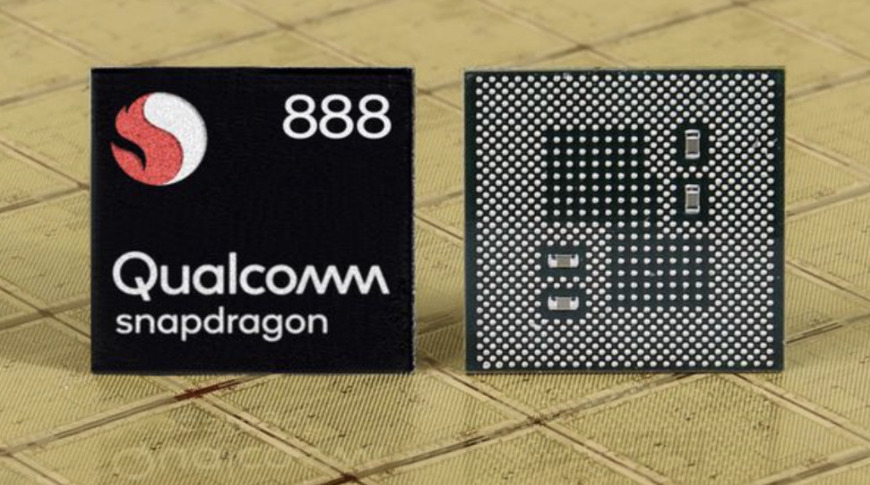
Qualcomm has provided benchmarks for its Snapdragon 888 flagship system on a chip, and they show mediocre performance against the iPhone 12 and even lose it to older iPhones with the A13.
Qualcomm announces its new processors every year in mid-December to prevent their arrival in products at CES. In 2020, the announcements were made online and benchmarks were provided by the company.
The Snapdragon 888 performed well compared to the current line of Android devices such as the Samsung Galaxy Note 20 Ultra, but failed to outperform Apple’s latest iPhones. Even the iPhone 11 lineup from a year ago and the iPhone SE with the A13 processor outperformed the new Qualcomm processor.
Qualcomm uses some powerful new technologies in its Snapdragon 888, making it a very competitive processor. It uses the Cortex-X1 as part of a similar great-small design that implements the A14. The new SoC also includes the Adreno 660 GPU, which is expected to outperform previous GPUs by 35%.
Anandtech received the benchmarks from Qualcomm and compared them to the known scores of other products. The first is Geekbench 5, the well-known CPU benchmarking tool that provides scores for single-core and multi-core operation.

Geekbench 5 CPU Benchmark Results Image Credit: AnandTech
The single-core score rose about 23.5% year-over-year from 919 to 1135, which is a bit shy of the iPhone 11 Pro with the A13, which scored a 1,331. The multi-core score improved by 16.9% to a score of 3,794, which is higher than the A13 processor’s score of 3,366, but nowhere near the A14’s score of 4,187.
The GPU benchmark shows even less promising results. Using GFXBench results, Anandtech explained the graphics scores for different products versus the new Snapdragon 888.

GFXBench Graphics Benchmark Results Image Credit: AnandTech
Scores are reported in peak frames per second, and the Snapdragon 888 beat practically all current Android flagships by a whopping 55%. This may be an anomaly, but it is what was reported by Qualcomm, who previously suggested that the graphics improvements would be around 35%.
Compared to the iPhone 12 and the iPhone 11 series, it did not fare so well. Since these are peak results during the test, it can be assumed that the Snapdragon may perform differently under extended load, but those tests will have to wait for reviewers to get their hands on devices with the processor.
Qualcomm has released other results, such as AI performance tests, but they are not comparable to the iPhone processors. Apple does have powerful neural engines in its A-series chips, not to mention the M1 processor, but they don’t compare well.